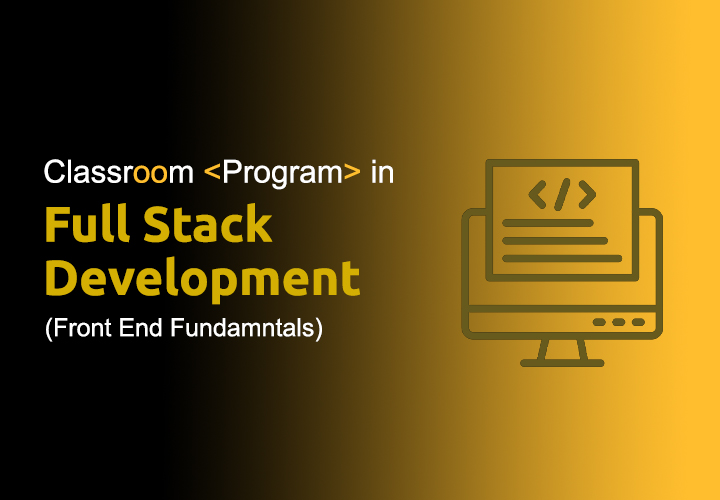About this course
The Frontend Fundamentals course is meticulously crafted to provide aspiring web developers with a solid foundation in the core technologies that power modern web applications: HTML5, CSS3, and JavaScript. This course is designed to bridge the gap between theoretical knowledge and practical application, ensuring that students gain the skills needed to build responsive, dynamic, and visually appealing websites.

Key Highlights:
HTML5: Learn the essentials of structuring web pages, from basic tags to creating complex forms, and gain a deep understanding of how to use HTML to create semantic, accessible, and SEO-friendly content.
CSS3: Master the art of styling web pages with CSS3, including advanced techniques using CSS frameworks like Bootstrap and Material UI. You'll learn to create layouts, and style elements, and build responsive designs that work seamlessly across devices.
JavaScript: Dive into the world of JavaScript, the programming language that brings websites to life. You'll explore core concepts such as variables, control flow, functions, and DOM manipulation, as well as more advanced topics like asynchronous programming and event handling.
What You'll Gain:
Practical Experience: Engage in hands-on projects and exercises that will challenge you to apply what you’ve learned in real-world scenarios, building your confidence and expertise in front-end development.
Industry-Relevant Skills: The curriculum is designed to meet industry standards, ensuring that you are equipped with the skills employers are looking for in a front-end developer.
Comprehensive Learning: With a blend of theory and practice, you will not only understand how front-end technologies work but also how to implement them effectively in modern web projects.
Target Audience:
This course is ideal for beginners who want to start their journey in web development, as well as those looking to solidify their foundational skills before moving on to more advanced topics.
By the end of this course, you will have the knowledge and skills to create fully functional, responsive web applications, setting a strong foundation for your career in web development.
FAQ
Comments (0)
Create a simple web page with headings, paragraphs, and structured content.
Explore the commonly used HTML tags for content creation. Learn how to use elements like ,
,
Implement a styled web page with unique IDs, classes, and inline styles.
Create a complete form with various input fields, validation, and submission handling.
Develop a style sheet that applies different styles to elements based on their selectors.
Create a responsive web page that demonstrates a variety of CSS properties and layout techniques.
Build a web page using Bootstrap components and Material UI, implementing a grid system, navigation, and responsive design elements.
Write JavaScript code to perform basic arithmetic operations and manipulate variables.
Create a script that uses conditional logic and loops to solve simple problems, such as validating user input.
Write reusable functions to perform tasks like calculating values, manipulating strings, or processing arrays.
Develop a dynamic web page where content is manipulated in real-time based on user interaction.
Implement event-driven programming by creating interactive web pages that respond to user actions.
Create a script that makes asynchronous requests to a public API and handles the responses using promises or async/await.



.jpeg)
.jpeg)



